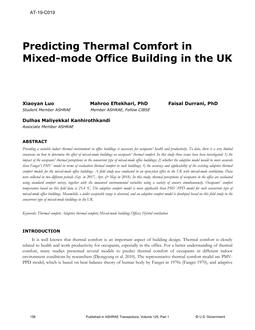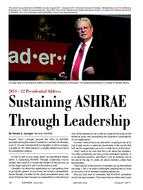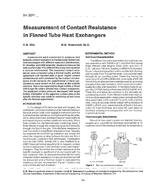In commercial buildings with high glazing fractions, the transmission of solar radiation to perimeter spaces represents an important source of thermal influx, and is typically controlled with shading devices such as interior venetian blinds. The influence of interior blinds on cooling and heating loads is not straightforward or obvious: they may actually cause increases in cooling loads if they prevent solar influx from reaching room surfaces with thermal mass, while rapidly transferring the solar energy to the room air via convection. This paper presents the results of experiments conducted in an outdoor office-scale façade performance testing laboratory, designed to measure the effect of slat-type blinds on cooling energy. A number blind positions, slat angles, and slat colors were tested. A simulation model of the lab was developed in parallel to check the agreement with the blind modeling algorithms of EnergyPlus, by comparing daily energy consumption and the magnitude of peak cooling load. While an exterior blind was found to greatly reduce energy consumption and peak cooling load as compared to un-shaded glazing, all cases with indoor blinds showed minimal reductions in both energy consumption and magnitude of the peak. For both dark and light-colored interior blinds, the cases with slat angles at 45º resulted in higher energy consumption than the open slat cases, and the dark blind also exhibited a greater peak load. The model closely matched experimental results for bare glazing, but tended to overestimate the reduction in energy consumption and cooling load in the presence of blinds. In addition to the presentation of experimental results, this paper will present a critical a discussion of some key considerations for modeling a space with interior blinds.
Citation: ASHRAE Conference Papers, Denver, CO
Product Details
- Published:
- 2013
- Number of Pages:
- 8
- File Size:
- 1 file , 1.9 MB
- Product Code(s):
- D-DE-13-C012


